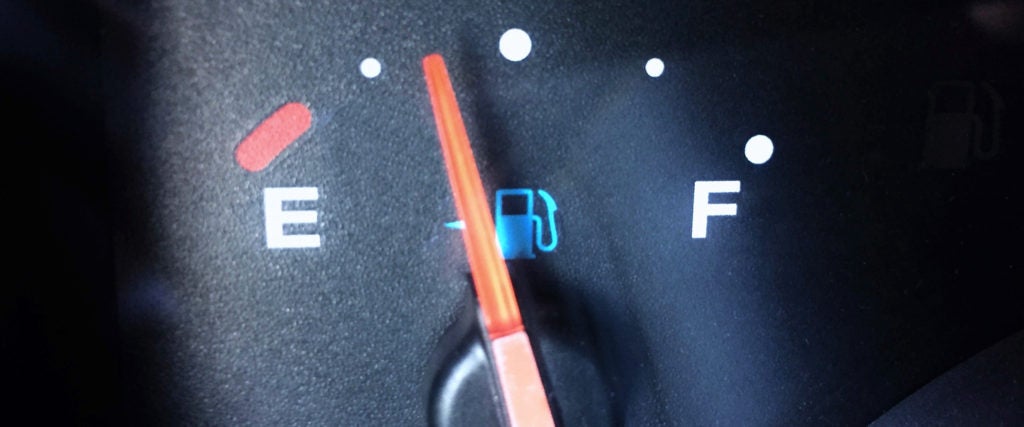Throughout high school and into college, I drove a 1991 Toyota Celica with a manual transmission. I loved that car, but there were a few, minor problems — the most memorable being that it had a “hole in the gas tank.” Hearing this from the mechanic, my dad weighed our options and decided the best route wasn’t to fix the hole or trade in the car for something safer, but to just make sure I never filled it with more than half a tank of gas.
For years, then, I bounced from gas station to gas station, often so low on fuel I’d roll off the highway and up to the pump in neutral so as to stretch what little gas I had left. This wasn’t exactly safe, but it did save me from another famous piece of dad wisdom: Always fill your tank the moment the gas gauge hits the halfway mark (if not before), because it’s better for the car than letting it run down to “E.”
The thing is, that advice is good and true. (Sure, having less than a half of tank provides better mileage — because the car is lighter — but it’s pretty negligible; when it comes to mileage, the real killer is drag, anyway.)
Maintaining a nearly full tank of gas has a number of benefits — mostly in regards to long-term maintenance. In particular, per Consumer Reports, keeping your gas tank full diminishes overall vehicle wear and tear because gasoline “acts like a coolant for the electric fuel-pump motor,” and leaving your tank below half full doesn’t allow the pump to be cooled down, which “can cause the fuel pump to wear prematurely and potentially fail,” the magazine writes.
The only silver lining if you do wait until you hit “empty” to fill up?
It’s definitely still better than driving around with a hole in your gas tank.

